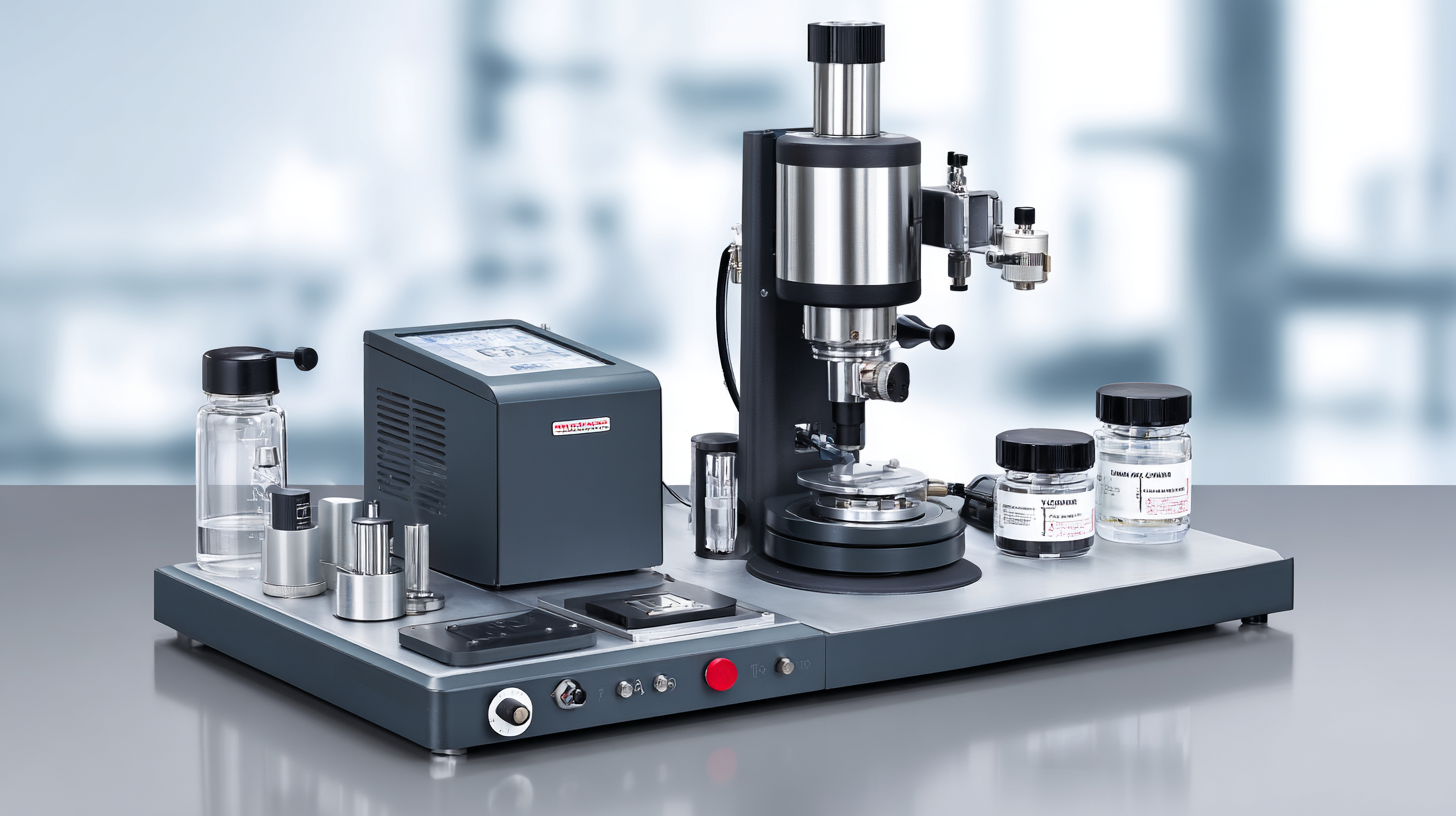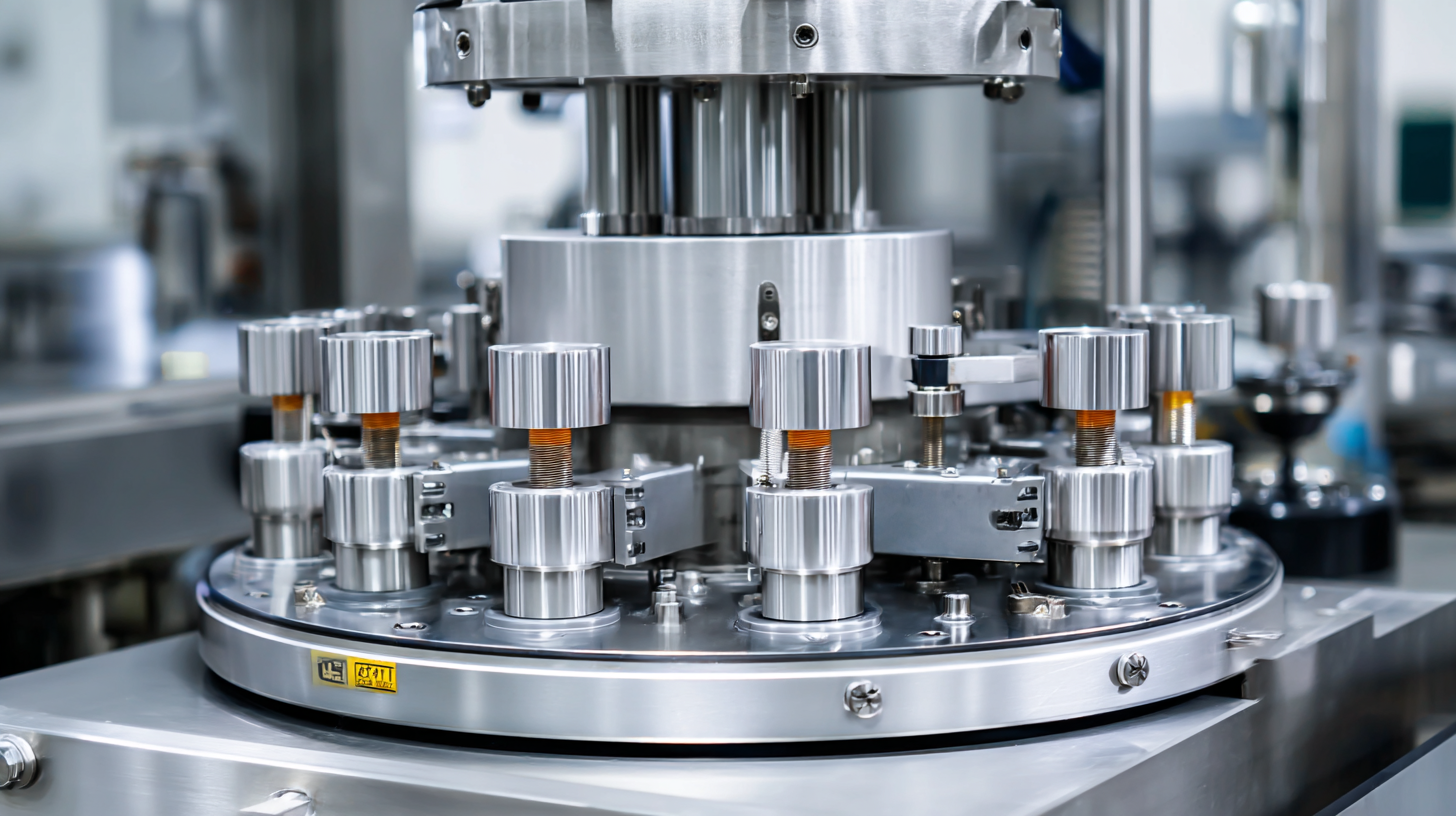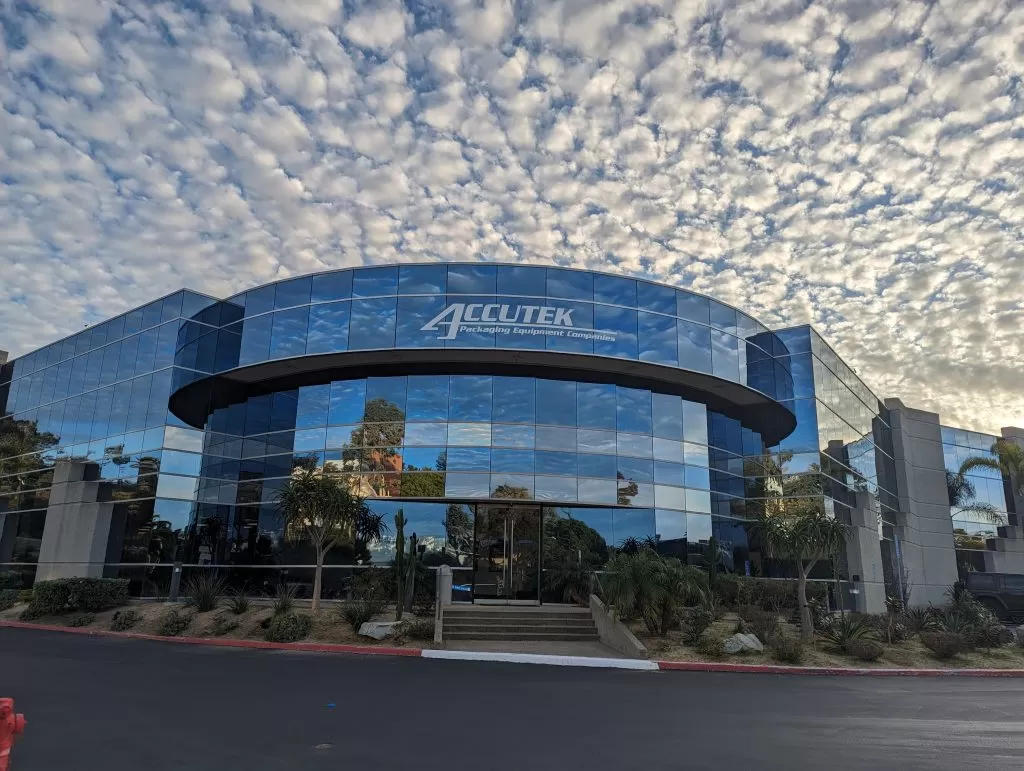In the ever-evolving landscape of cosmetic manufacturing, selecting the right equipment is vital for success and efficiency. Among the various tools available, the cosmetic filling machine stands out as a critical instrument for ensuring precise and consistent product dispensing. However, with a multitude of options on the market, including various alternatives, it can be daunting for businesses to identify the best choice to meet their unique needs. This blog aims to explore the best cosmetic filling machine alternatives, shedding light on key considerations, functionalities, and the advantages of sourcing from top-quality manufacturing facilities in China. By delving into these aspects, manufacturers can make informed decisions that enhance their production processes and ultimately lead to greater customer satisfaction.

Cosmetic filling machines play a pivotal role in the beauty industry, ensuring precise and hygienic filling of products such as creams, serums, and lotions. With the global cosmetic market projected to reach a staggering $805 billion by 2023, the demand for efficient filling solutions continues to rise. However, businesses are exploring alternatives that can enhance flexibility and reduce costs. Options like manual filling systems, semi-automatic machines, and even eco-friendly solutions are gaining traction. A 2021 report by Allied Market Research indicates that semi-automatic machines can reduce labor costs by up to 30%, making them an appealing alternative for small to medium enterprises.
When considering alternatives to cosmetic filling machines, it's essential to evaluate production volume and product type to find the right fit for your business. To optimize your filling process, analyze your production needs and choose a system that offers scalability. Additionally, consider the sustainability aspect of your filling methods; many brands are now leaning towards biodegradable materials and refill options to meet consumer demand for eco-conscious products.
**Tips:** Always conduct a thorough analysis of your target market and product requirements before making any changes. Investing in technology that allows for easy cleaning and maintenance can significantly reduce downtime in production. Lastly, keeping an eye on industry trends will help you stay ahead of the competition and ensure your production methods remain relevant.
| Machine Type | Filling Capacity (ml) | Speed (bottles/min) | Accuracy (%) | Power (kW) | Price Range ($) |
|---|---|---|---|---|---|
| Pneumatic Filler | 50 - 100 | 20 | 98 | 0.5 | 2000 - 5000 |
| Gravity Filler | 100 - 250 | 30 | 95 | 0.6 | 3000 - 7000 |
| Peristaltic Pump Filler | 10 - 50 | 15 | 99 | 0.3 | 1500 - 3000 |
| Auger Filler | 5 - 100 | 25 | 96 | 0.4 | 2500 - 6000 |
| Vacuum Filler | 20 - 200 | 40 | 97 | 0.7 | 3500 - 8000 |
 When selecting the right cosmetic filling machine, there are several key factors to consider that can significantly impact your production efficiency and product quality. First and foremost, you should evaluate the type and viscosity of the substances you'll be filling. Different machines cater to specific types of products, such as liquids, creams, or gels. Proper compatibility ensures accurate filling, reduces waste, and enhances overall productivity.
When selecting the right cosmetic filling machine, there are several key factors to consider that can significantly impact your production efficiency and product quality. First and foremost, you should evaluate the type and viscosity of the substances you'll be filling. Different machines cater to specific types of products, such as liquids, creams, or gels. Proper compatibility ensures accurate filling, reduces waste, and enhances overall productivity.
Another critical aspect to consider is the machine's speed and output capacity. Depending on the scale of your operations, you may require a high-speed filling machine to meet demand without sacrificing quality. It's essential to analyze your production goals and estimate the required output to choose a machine that aligns with your business needs.
Tips: Always look for a machine that offers easy maintenance and cleaning features. This not only saves time but also ensures hygiene and compliance with industry standards. Additionally, consider the level of automation you require; semi-automatic machines can be more affordable and suitable for smaller businesses, while fully automatic options are better for high-volume production.
When considering alternatives to traditional cosmetic filling machines, it’s essential to evaluate options that suit your production needs while maintaining high quality. Here are the top five alternatives worth exploring.
When considering the ideal filling machine for cosmetic products, one must weigh the pros and cons of both manual and automatic options.
Manual filling machines are often favored for small, artisanal brands and startups due to their lower initial costs and ease of operation. They allow for greater control over the filling process, which can be an advantage when dealing with a variety of product viscosities and container sizes. However, this control comes at the expense of efficiency; manual machines can significantly slow down production, especially as demand increases.
 On the other hand, automatic filling machines provide high-speed operation, which is essential for larger manufacturers looking to streamline production and meet higher market demands. These machines typically reduce the likelihood of human error, ensuring a more consistent fill level. However, they require a larger investment and might involve a steeper learning curve for staff. Companies must also consider maintenance costs and the technical support required, which can be a deterring factor for smaller enterprises. Ultimately, the choice between manual and automatic filling machines will depend on a company's size, budget, and production goals.
On the other hand, automatic filling machines provide high-speed operation, which is essential for larger manufacturers looking to streamline production and meet higher market demands. These machines typically reduce the likelihood of human error, ensuring a more consistent fill level. However, they require a larger investment and might involve a steeper learning curve for staff. Companies must also consider maintenance costs and the technical support required, which can be a deterring factor for smaller enterprises. Ultimately, the choice between manual and automatic filling machines will depend on a company's size, budget, and production goals.
In today's competitive landscape, enhancing efficiency and reducing costs in filling operations are paramount for businesses seeking to stay ahead. One of the key strategies to achieve this is through the adoption of advanced technologies, particularly artificial intelligence (AI). By integrating AI solutions into filling operations, companies can optimize workflows, reduce downtime, and streamline inventory management, thereby significantly improving overall productivity. AI-driven analytics offer insights into operational efficiencies, allowing businesses to make informed decisions that can result in cost savings and improved output quality.
Additionally, businesses can explore alternative cosmetic filling machines that are designed for versatility and energy efficiency. These machines not only reduce waste but also minimize energy consumption, contributing to sustainability goals while lowering operating costs. The shift towards eco-friendly practices and innovative technologies plays a crucial role in meeting Environmental, Social, and Governance (ESG) standards, which are increasingly becoming a focus in the manufacturing sector. Embracing these alternatives and technologies positions businesses not just as efficient operators, but as responsible players in a sustainable economy.
Accutek Packaging Equipment Companies, Inc. stands as one of the premier privately owned packaging machinery manufacturers in the United States.

Sign up for all the news about our latest arrivals